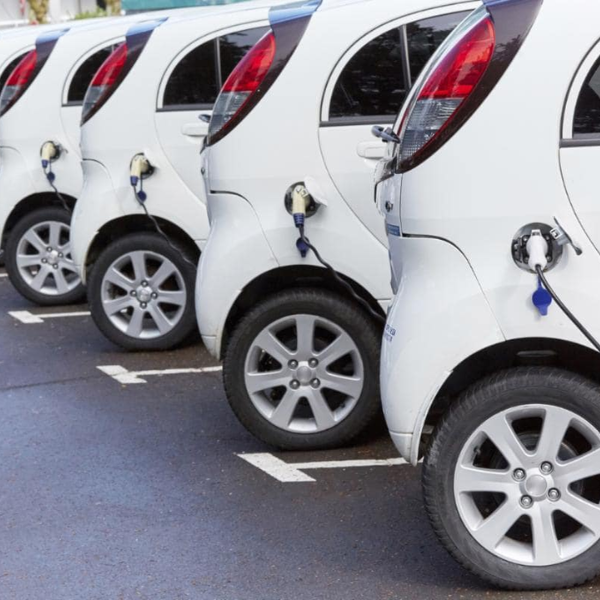There are lots of great resources out there to support organisations through their EV journey. Based on what we’ve learned from of the Clean Car Collaboration, we’ve pulled together seven tips for EV adoption.
- Consider if your organisation needs to replace its ICE fleet with EVs: Utilise your current ICE vehicle data to understand vehicle usage, distance and locations. Optifleet, Geotab and EROAD are telematic technology providers offering systems that support organisations to capture, analyse and utilise the insights from their fleet. Members have seen from this data that they do not need to replace all ICE vehicles with EV. Some members such as Genesis are replacing their fleet with a share electric fleet through Cityhop, Zilch and Mevo. Downsizing your vehicle fleet is a significant contributor to reducing emissions.
- Choosing the right EV for your organisation’s needs: The data utilised to determine how many vehicles your organisation needs can also be used to help determine what type of EV is best to use. XX provides a tool to determine which is EV is best for you and your organisation. It’s important to understand the average range, terrain and vehicle usage to ensure you pick the right vehicle, particularly when it comes to battery size. Genless provide an overview of the different vehicle types and factors to help you select the right vehicle.
- Build the business case with total cost of ownership: Once you know what vehicle(s) work best for your business and how many you need, you can start building your business case. Drive Electric have developed useful resources on developing the business case for EVs, and Genless have a tool that supports the calculation of the total cost of ownership.
- Consider charging infrastructure early: It’s important to consider charging infrastructure early, as charger installation can take time and the cost can vary significantly depending on where chargers are being supplied from and where they need to be installed. Click here for SBC member insights on at home charger installation.
- Engage with your employees throughout this process: Awareness around EVs is growing as they become more common, but it remains important to engage the hearts and minds of your employees on this journey to ensure they understand the benefits and are advocates of the vehicle transition. Check out this toolkit SBC developed with Drive Electric and Meridian Energy’s blog on tackling EV range anxiety.
- Funding options: EECA have some funding support for fleet transition. You can learn more here.
- Supercharge uptake with good tools: Get the right tools in place to support employees’ use of vehicles. There are several tools out there that support with journey mapping to predict driving range and find charging stations along routes, such as Chargenet, EV Roam and Vector.

